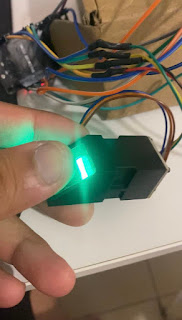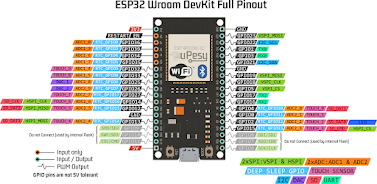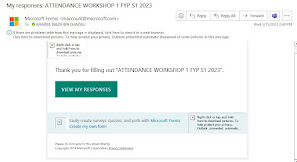FYP 2, WEEK 4 (27/3/2023 - 31/3/2023)

Furthermore, I extensively studied the ESP32 pinout and successfully embarked on a simple LED project. Prior to that, I ensured that the ESP32 boards were properly set up in the Arduino software's board manager. Additionally, I explored the functionality of the Finger Print Sensor (AS608) that will play a vital role in my project. The fingerprint sensor enables the scanning of fingerprints, with the processed data being transmitted to a microcontroller via a serial connection. This module is equipped to store a maximum of 250 unique fingerprints and can perform authentication by comparing scanned fingerprints with the stored data. The AS608 fingerprint sensor boasts the following key features: Fingerprint Storage: Capable of storing up to 250 unique fingerprints. High Accuracy: Provides reliable and accurate fingerprint matching. Fast Identification: Rapidly processes and matches fingerprints for quick authentication. Secure Communication: Utilizes a serial connection to securely t...

